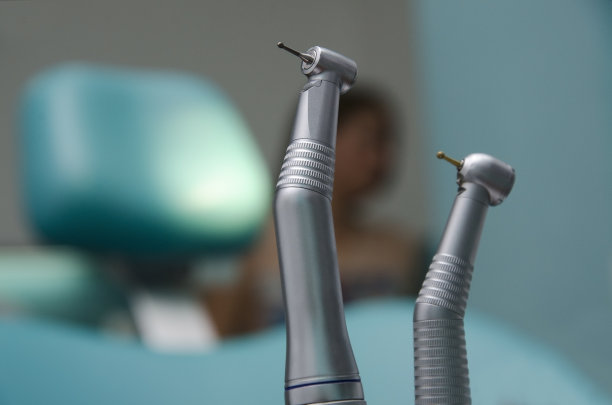The Essential Guide to Preparing for a Tooth Extraction and Postoperative Care Tips
Summary: Preparing for a tooth extraction can be a daunting process, but understanding how to approach it can lead to a smoother experience. This comprehensive guide outlines essential steps for preparation, discusses what to expect during the procedure, and provides valuable postoperative care tips to accelerate recovery. From pre-extraction consultations to managing discomfort and promoting healing, each aspect is covered in detail. By following these guidelines, patients can take control of their dental health and ensure a more comfortable journey through tooth extraction and recovery.
1. Pre-Extraction Consultation Essentials

Before undergoing a tooth extraction, a thorough consultation with your dentist is imperative. During this appointment, the dentist will evaluate your dental health and discuss your medical history. This information is crucial as it helps identify any potential complications and ensures that the extraction is performed safely.
Patients should not hesitate to ask questions during this consultation. Understanding the reasons for the extraction and the procedure itself can alleviate anxiety and provide clarity. Discussing sedation options is also important, especially for those who may experience fear or discomfort during dental procedures.
Additionally, the dentist may recommend necessary preparatory steps, such as avoiding certain medications or adjusting current prescriptions. Following these instructions ensures that you are in optimal health for the procedure.
2. What to Expect During the Procedure
On the day of the extraction, understanding what to expect can significantly ease anxiety. The procedure usually begins with the application of a local anesthetic, ensuring that the area around the tooth is numb. For patients who request it, sedation options can be administered, ranging from nitrous oxide to general anesthesia.
Once you are comfortable, the dentist will proceed with the extraction. Depending on the complexity of the extraction, this process can take anywhere from a few minutes to over an hour. Patients should expect some sounds from dental instruments but should feel minimal discomfort due to the anesthesia.
Following the extraction, the dentist will place a gauze pad over the extraction site to help control bleeding. Its important to listen to your dentists instructions closely at this juncture, as adhering to their guidelines can promote a smoother recovery.
3. Effective Postoperative Care Strategies
The first few days post-extraction are critical for healing. Following the procedure, it’s essential to rest and avoid strenuous activities, as strain may disrupt blood clot formation and delay recovery. Lying down with your head elevated can also help reduce swelling and discomfort.
Managing pain and swelling should be a priority. Over-the-counter pain relief medications can be effective, and applying ice packs to the affected area in intervals may minimize swelling. Patients should also adhere to any prescribed medications to facilitate healing.
Diet plays a significant role during recovery. Opting for soft foods that require minimal chewing can ease discomfort while ensuring nutritional needs are met. Foods like yogurt, smoothies, and mashed potatoes are excellent choices. Its best to avoid hot foods and drinks immediately after the extraction, as they can irritate the wound.
4. Recognizing Complications and When to Seek Help
While many tooth extractions heal smoothly, being aware of potential complications is vital. One common issue is dry socket, which occurs when the blood clot at the extraction site dislodges or dissolves. Symptoms include severe pain and an unpleasant taste or odor, necessitating a follow-up visit.
Other signs that warrant immediate attention include excessive bleeding, fever, or noticeable swelling that doesnt subside after a few days. Ignoring these symptoms can lead to more severe complications, so its important to maintain regular communication with your dental care provider.
Keeping track of postoperative symptoms and adhering to aftercare instructions can significantly reduce the risk of complications. Most importantly, trust your instincts: if something feels off, don’t hesitate to contact your dentist for advice.
Summary:
In summary, preparing for a tooth extraction requires careful planning, from consultations to developing a robust postoperative care routine. By understanding the extraction process and knowing what to expect can greatly reduce anxiety and enable a quicker, more comfortable recovery. Staying informed about the signs of complications ensures that any issues are addressed promptly, allowing for a smoother dental recovery journey.
This article is compiled by Vickong Dental and the content is for reference only.


